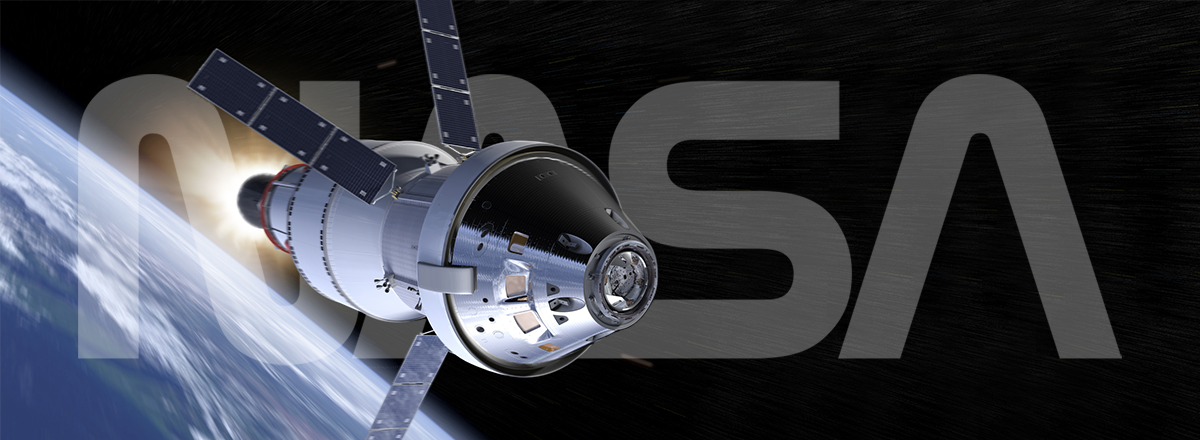NASA's Orion Spacecraft Successfully Returns to Earth after Lunar Mission
Successful completion of the mission paves the way for the second stage of a human return to the Moon, the Artemis 2 mission, when a crew of astronauts will orbit the Moon in the Orion capsule. The third stage is the landing of people on a satellite of the Earth.

NASA's uncrewed Orion spacecraft, which was launched as part of the Artemis 1 lunar mission, has left the lunar orbit and successfully returned to Earth on December 11, marking the completion of the first phase of NASA's Artemis program to return people to the Moon.
During the mission, Orion performed two lunar flybys – on November 21 and December 5 – approaching the surface of the Earth's satellite at a distance of about 130 km.
Splashdown.
— NASA (@NASA) December 11, 2022
After traveling 1.4 million miles through space, orbiting the Moon, and collecting data that will prepare us to send astronauts on future #Artemis missions, the @NASA_Orion spacecraft is home. pic.twitter.com/ORxCtGa9v7
The spacecraft splashed down in the Pacific Ocean, west of Baja California, having traveled more than 2.25 million kilometers. During this test flight, Orion stayed in space longer than any other spacecraft designed for astronauts has done without docking to a space station.
The information gathered about the flight is important for future missions with astronauts on board. Successful completion of the mission paves the way for the second stage of a human return to the Moon, the Artemis 2 mission, when a crew of astronauts will orbit the Moon in the Orion capsule. The third stage is the landing of people on a satellite of the Earth.

